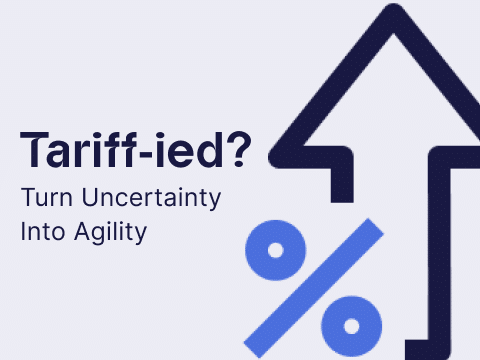
AI is still enjoying its “Wild West” moment. With few regulations and shifting vocabularies, many companies are freely using whatever terms to make a sale – when in fact their AI is weak or non-existent. The result is a confused and disappointed marketplace which only works to slow the road to technological innovation. Smart buyers should probe deeper beneath the marketing fluff to truly understand if their needs are being met with the AI solution that’s being pitched to them.
When asked what he wishes everyone knew about AI, Augury’s VP of AI & Physics Assaf Barak, sighs. “I wish everyone knew that all algorithms have their limitations. Just as with ChatGPT: it can do amazing things but it also has obvious limitations.”
That ChatGPT can generate a wholly false answer while still sounding convincing can certainly rate as a limitation. In fact, it’s the same sort of limitation some machine monitoring companies are exhibiting as they crow on about the strength of their AI abilities – it’s pure hallucination.
“There’s so much buzz around these topics and no standards – because the standards are still being written. So naturally, people are confused about what an AI model can actually do,” says Assaf. “First off, these models don’t solve everything and they work best if they are working on a very specific problem. So, people need to know and understand their problem very well before they are able to judge a particular solution.”
“And for the problem of predictive maintenance, there are various solutions. So, you need to really look at how accurate these algorithms actually are for the job they were designed to do. Plus, we work in a potentially dangerous industry: the price of being wrong is usually unacceptable in terms of both costs and safety. Hence, the error margin needs to be as low as possible.”
Rooting Out Route-Based Maintenance
“Competition is usually great. It helps push technology forward. It causes good stress – the type that inspires you to up your game,” says Hari Viswanathan. As Director of Product Marketing at Augury, it’s part of his job is to keep abreast of the capabilities of competitors in the machine monitoring industry.
“But what really gets my goat is how so many monitoring companies are talking about ‘AI-based prescriptive alerts’ or ‘diagnostics’. But then when you look under the hood, they are still just offering a threshold-based system, albeit with some ability to adjust those thresholds with machine learning.”
“You still have to go in machine-by-machine and set the trigger points, or wait for your first failure to adjust the model. And meanwhile they oftentimes are unable to come up with the actual reason behind the alert! The bottom line is unacceptable: low precision, too many false alarms, and missing a solution that made their day easier, instead of adding yet another item on their to-do list.”
Leaving the Vocab at the Door
“A lot of condition monitoring solutions out there are trying to reposition themselves by simply latching onto the machine health story and using similar terminologies. But it’s definitely not scalable AI – in other words: a unified model that can be applied universally without needing to custom-build a model using customer data each time,” says Hari. “So, it’s just confusing for the market. For this level of AI to work, you need to build that massive database and that massive set of training data that’s contextualized, labeled and cleaned. Only then can you actually build insights that can be used to give actionable recommendations. There are no shortcuts here.”
“And for clarity, for true prescriptive maintenance you need multiple types of algorithms working in tandem: anomaly detection to tell you what’s happening, fault analysis to go after the why and how you fix it, and severity analysis to tell you how fast you need to act,” says Hari.
Falling For The Talk, Not The Action
“The reality is many manufacturers fall for the talk,” says Assaf. “They don’t choose for the highest proven ROI,” says Assaf. “And then later, when the capabilities end up falling way below expectations in terms of accuracy, their disappointment may affect how they will behave when they will meet a vendor that can actually offer transformative AI. They’ve become more sceptical. It may have even pushed them to a point where they no longer even believe – and that’s a huge loss.”
“So, we need standards – backed by a specific vocabulary,” says Assaf. “In this way customers don’t have to understand the maths behind it – though that would definitely help. But it should be explained to them in the right language so they can judge for themselves.”
“Buying an AI solution should be more like buying a new motor. You don’t have to be a mechanic, but at least you are told how fast it can go and what loads and temperatures. You cannot fake these types of specifications – it’s sort of a guarantee.”
Learning To Ask The Right Questions
“And for our world of machine monitoring, it’s still all rather vague,” says Assaf. “What’s 99% accuracy? It’s something everyone can say. But can they prove it? Are you as the buyer able to judge whether it’s correct? How did they measure it, and on what? People need to start asking more of these kinds of questions.”
Read the follow-up post: ‘The Right Questions To Ask When Evaluating An AI-Powered Condition Monitoring Solution‘.
To learn more about Augury’s AI read our white paper ‘The Power of Augury’s AI’ or the post ‘10 Reasons Why Augury’s AI Is Exciting More People Than Just Manufacturers’.




